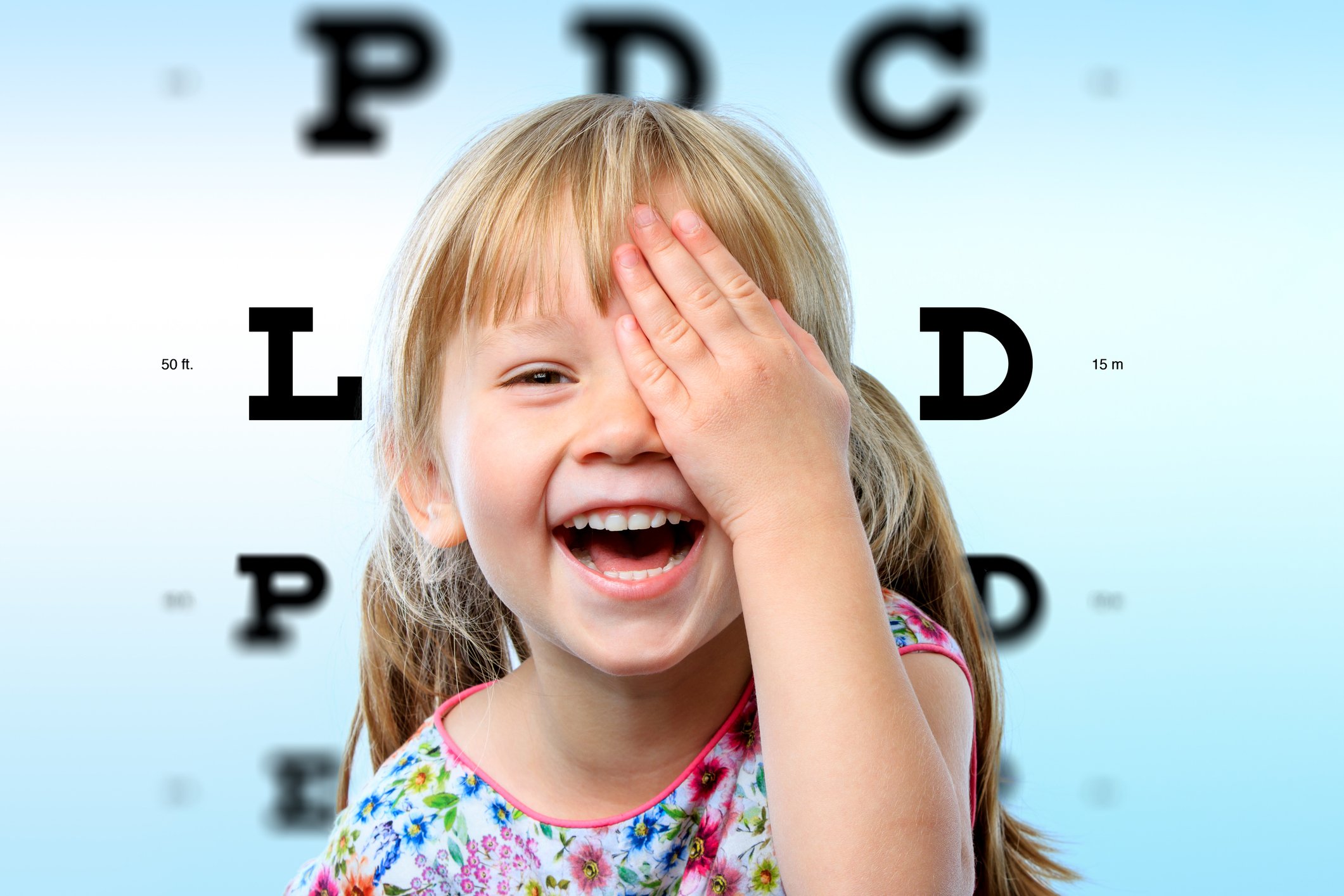
Regular eye exams are a crucial aspect of maintaining a child's overall health and development, especially during the toddler years. While it's common for parents to prioritize other medical checkups, such as vaccinations and dental visits, the importance of eye exams for toddlers should not be overlooked.
More from Mom.com: Helping Your Toddlers Communicate Their Needs and Expand Their Budding Vocabulary
During an interview with Mom.com, Dr. Caroline Cho shared that, according to the American Optometric Association, children should have their first eye exam prior to 12 months. At your child’s first eye exam, they will likely be checked for both ocular and visual health development. Your toddler’s next eye exam should be no later than 3 years old and should occur every 1-2 years “depending on the child’s ocular and visual condition and family history,” Dr. Cho said. She emphasized the importance of eye exams for young children as they may be unable to express if they are experiencing difficulties with their eyesight. The consequences of not scheduling their routine eye exams, could “significantly impact their school performance, social interactions, and self-confidence.”
When determining if your child needs glasses, parents should consider looking out for some early signs including squinting to see objects, avoiding reading, skipping lines or words while reading, eyes turning in or out of focus, sensitivity to light, excess tearing, covering one eye when reading, and tilting their head to one side. All of these signs, Dr. Cho said, could indicate that your child may need glasses, especially as myopia (nearsightedness) reaches epidemic levels and is cited as the leading cause of visual impairment in children.
According to the National Institute of Health, severe myopia can increase the risk of a child developing glaucoma, retinal detachments, and various ocular pathologies in adulthood.
If it’s been recommended that your child wears glasses, it’s best to “select a flexible, properly fitting, and safe eyeglass frame with or without a strap.” Additionally, Dr. Cho says that having the child share their input on the frame and color can make them “receptive to wearing their glasses.” Despite this, she acknowledges that getting your little one to wear their glasses can still be a hassle and recommends slowly increasing the time they wear them while also extending positive reinforcement. She also offered a rule for parents to teach their kids about protecting their glasses when they aren’t wearing them: “When not on face, in the case.”
If you’re still seeking additional information about understanding your child’s visual development, Dr. Cho recommends aaomc.org/what-is-myopia, mykidsvision.org, and seeyourabiliti.com.
*Disclaimer: The advice on Mom.com is not a substitute for consultation with a medical professional or treatment for a specific condition. You should not use this information to diagnose or treat a health problem without consulting a qualified professional. Please contact your health-care provider with questions and concerns.
